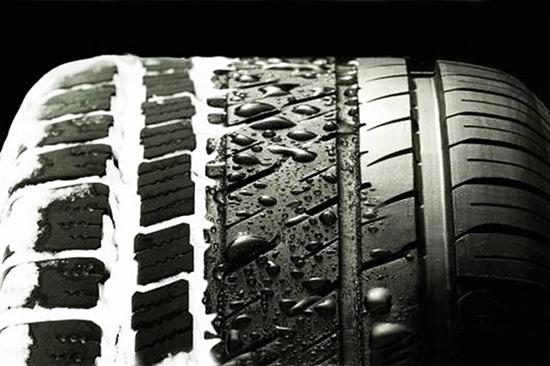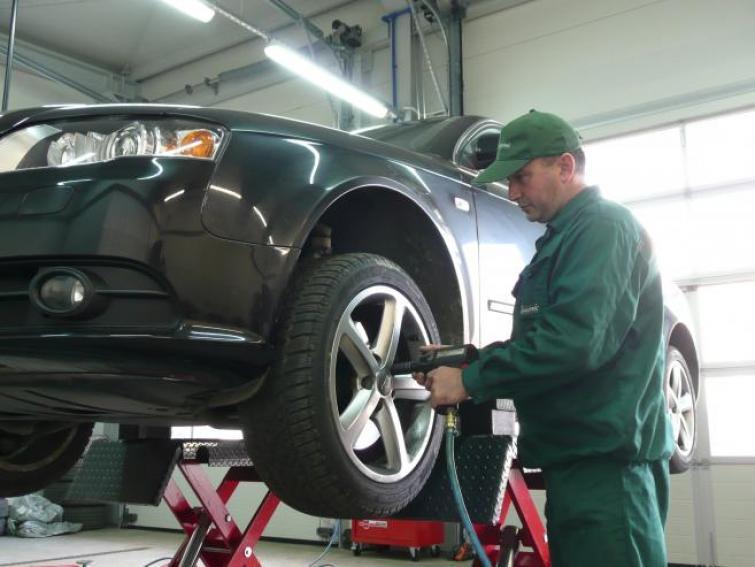
Winter tires: necessity or whim? Good thing they're not required.
 Like every year, drivers discuss whether summer tires should be replaced with winter ones and whether there are enough summer or all-season tires in Poland. Despite the fact that in our country there is no legal obligation to use winter tires, the majority decides to install them.
Like every year, drivers discuss whether summer tires should be replaced with winter ones and whether there are enough summer or all-season tires in Poland. Despite the fact that in our country there is no legal obligation to use winter tires, the majority decides to install them.
Many European countries have already introduced the obligation to use winter tires unconditionally at certain times or situationally depending on the prevailing weather conditions. In Poland, the implementation of such rules was blocked by the Ministry of Transport. Most car drivers install winter tires on their cars, knowing that it improves safety.
See also: In Poland, winter tires will not be mandatory. Government on "no"
Car tires play an important role in power transmission and are designed to operate in various weather conditions on various road surfaces. However, it is difficult to find a reasonable compromise between the very different summer and winter conditions.
– Winter tires have specially designed treads that handle slippery, icy or snowy surfaces much better than summer tires. Importantly, they are made from completely different rubber compounds that do not lose their flexibility at temperatures well below zero. Anyone who has realized for himself how much easier and safer it is to withstand winter weather on the roads with winter tires does not refuse to install them, says Jan Fronczak, Motointegrator.pl expert.
Winter tires - how to choose?
You must follow the manufacturer's instructions regarding tire size, i.e. its width, profile and wheel diameter with this tire. When buying a replacement, remember that the wheel diameter cannot differ from the model by more than 3%. The speed index and load capacity of the tire are also important - you can not buy tires with a speed index and load index lower than required by the manufacturer. Size information can be found in the service book and owner's manual, and often on the factory sticker located in the driver's door niche, on the gas tank hatch or in the trunk niche.
See also: Winter tires - when to change, which one to choose, what to remember. Guide
How to choose a specific model of winter tires? First, we must determine the road conditions in which we will drive most often. If we live in a big city, where the surfaces are usually quite well cleared of snow and, in addition, we often drive on tracks, we can choose tires with a softer tread, for example, asymmetric. They are designed for higher-end, high-performance vehicles with wide, low-profile tires.
Areas of small cities or towns with minor roads, where snowplows are located less often, require the use of tires with a more aggressive directional tread pattern. They handle snowy areas more easily, providing better traction. Their tread pattern allows them to “bite” into the snow better, which in turn leads to better traction in difficult conditions.
See also: Tire tread types - asymmetric, symmetrical, directional
Change four tires or maybe just two?
Many people look for savings in different ways, and therefore some prefer to buy only two winter tires. And here the dilemma arises - on which axis to mount them? According to popular belief that the best tires should support the drive axle, they are usually installed on the front axle, because in the vast majority of modern cars it is the front axle that is responsible for transmitting power. Nothing could be more wrong!
– Tires with less grip on the rear axle cause the vehicle to oversteer. This results in the rear of the car going out of the corner and the front in. As a result, the vehicle slides into a skid that is difficult to control and may run off the road. Therefore, experts warn drivers that it is better to install four new tires, even cheaper than two, even if they are of the highest quality, says Jan Fronczak, Motointegrator.pl expert.
1,6 mm tread thickness is clearly not enough
Tread depth largely determines the performance of a tire. According to Polish law, it cannot be less than 1,6 mm, as evidenced by TWI (tread wear indicator) - a protruding element in the grooves of tires. However, it’s definitely not worth waiting with a replacement until this moment, because winter tires retain their parameters with a tread depth of at least 4 mm.
Proper installation of tires and rims
Changing tires or entire wheels may seem easy, requiring no special skills or equipment, but the reality is quite different. Wheelsets are ever more advanced designs and absolutely require professional handling. Otherwise, we risk that our tires will simply deteriorate, which will exclude them from any use. More importantly, poor handling of tires and wheels by a service technician is also a hazard. In some cases, the wheels even come loose if they are not tightened with a torque wrench. Wheels should always be balanced before assembly.
Correct pressure
The appropriate tire pressure is specified by the vehicle manufacturer. Too low or too high a braking distance reduces traction, increases stopping distance and results in uneven tire wear. That's why we have to check the pressure every two weeks and before every long trip, especially since almost all major gas stations now have automatic compressors. Regardless of which tires we use, it is worth remembering that in the name of safety, nothing
See also: Citroën C3 in our test
Video: informative material about the Citroën brand
How does the Hyundai i30 behave?
it will replace our sense of driving and adjusting to the prevailing weather conditions.

